Never thought a cerveza sickness would lock the world down.
Of course it overthrow any plans I had.
With the Seychelles out of reach, the opportunity of a milky way on granite rocks - gone!
So I had to look for an alternative and I went for the Alps.
Enjoy!
However the whole situation held a surprise for me.
I got a new toy, which I tested recently at my local Zoo.
Guess what it is (in the comment section).
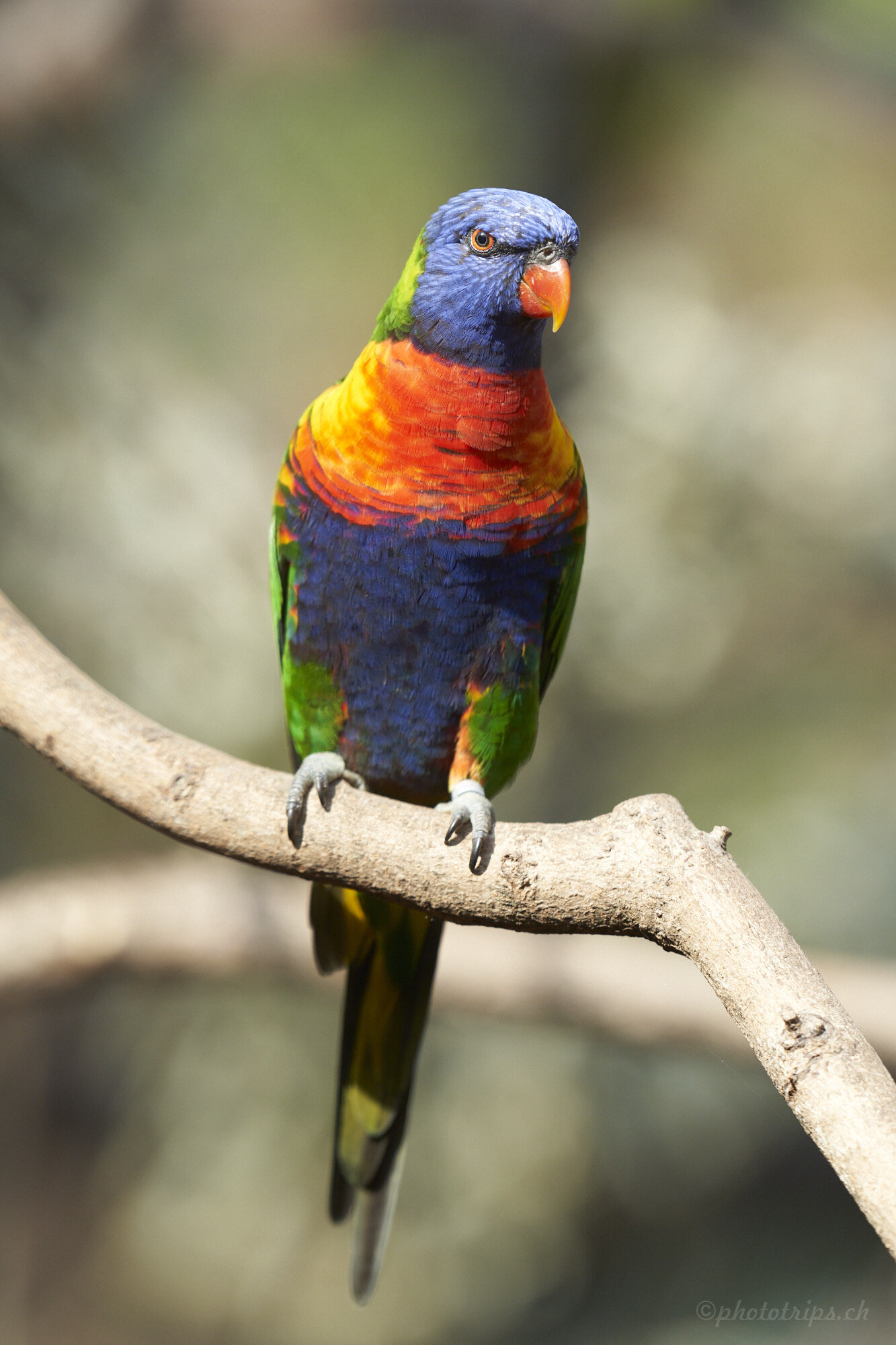
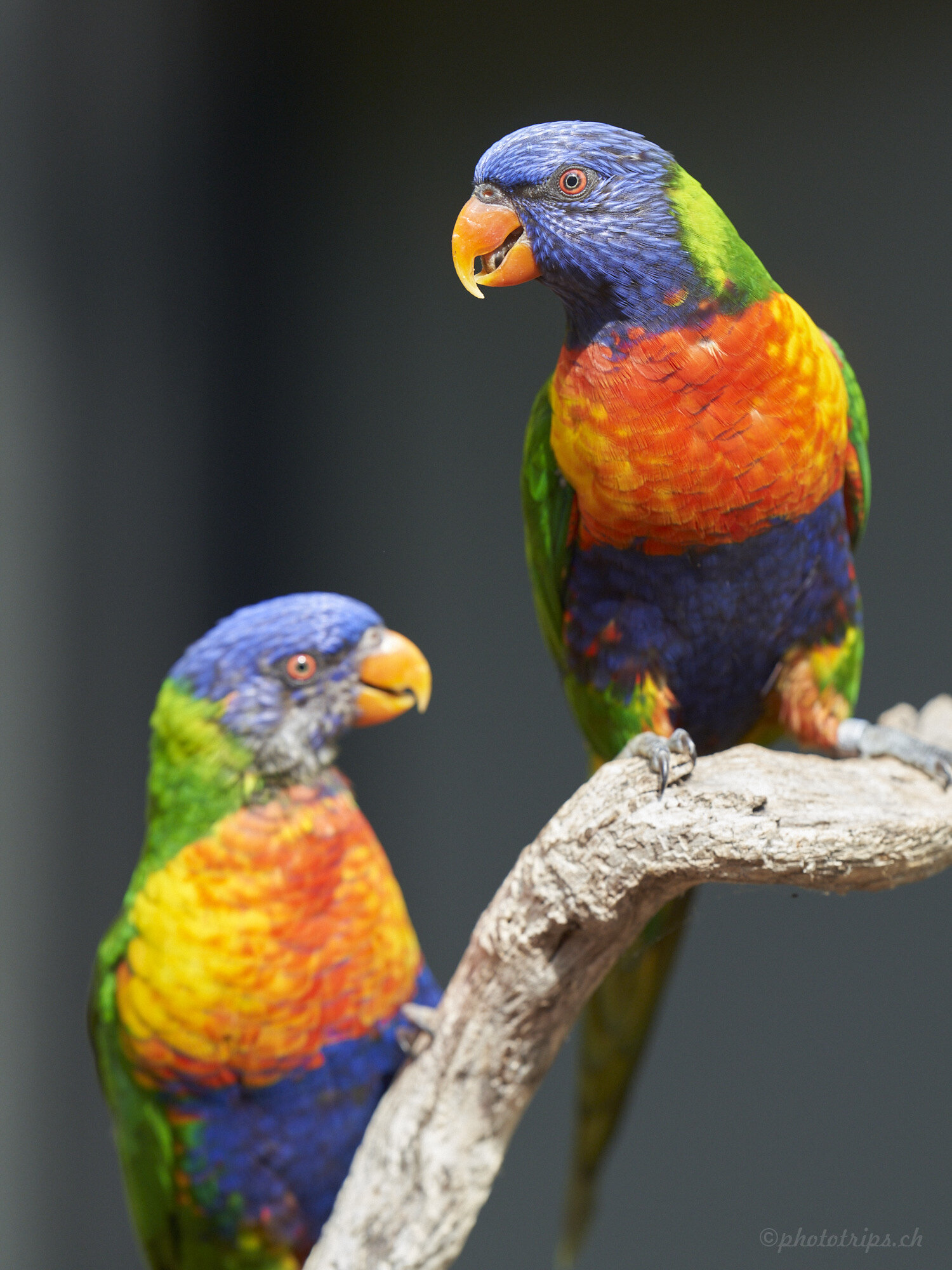
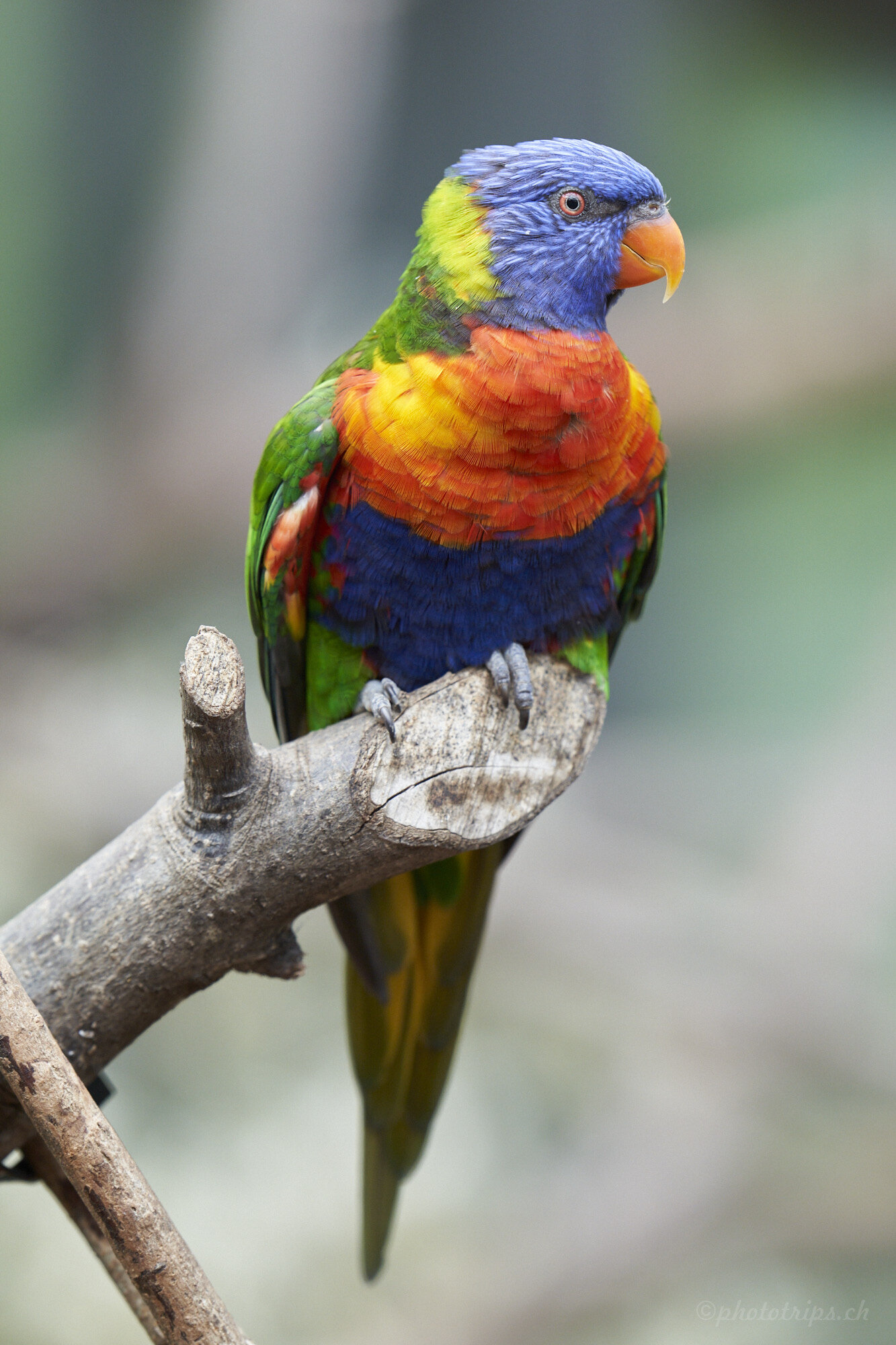


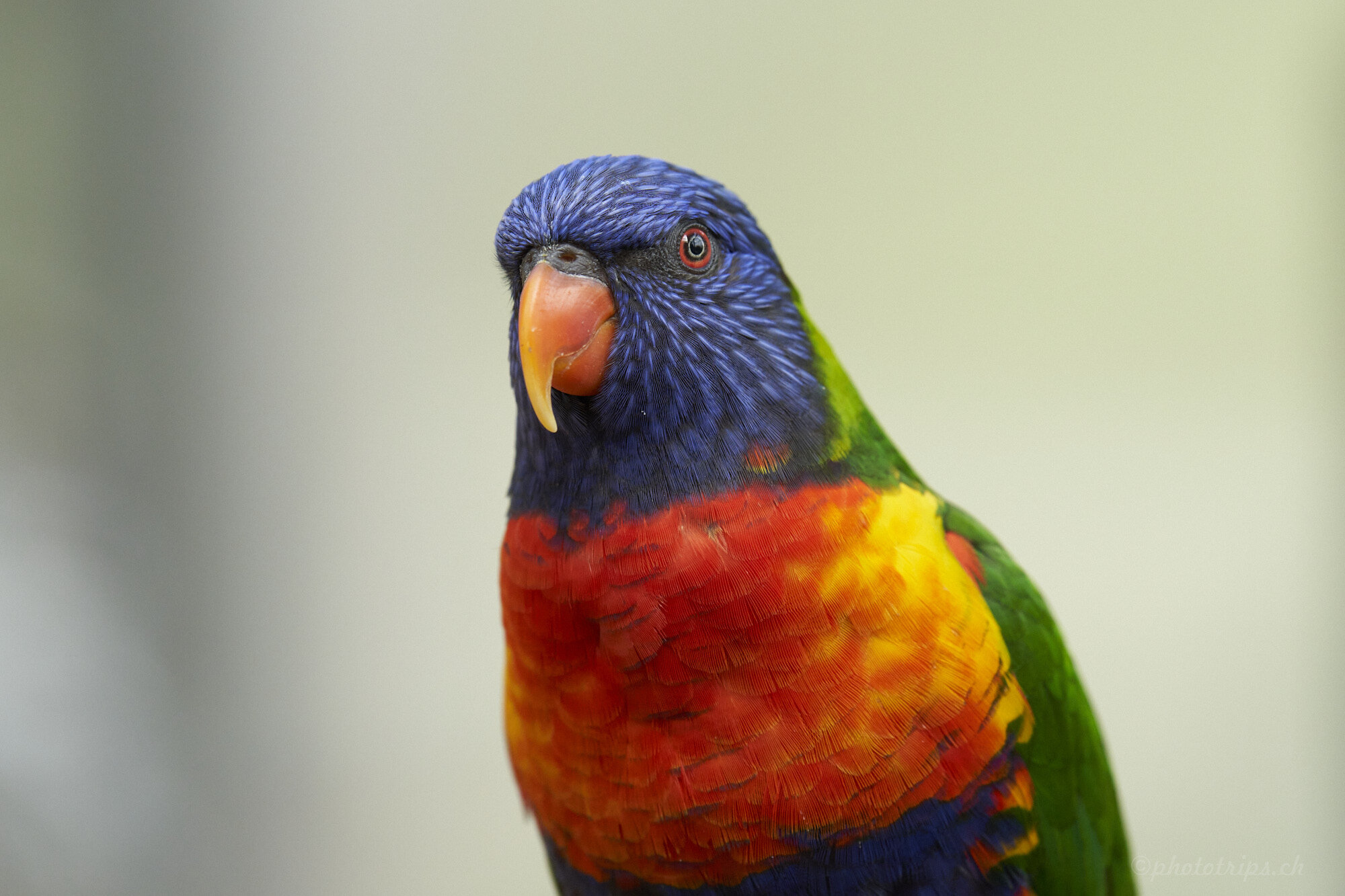
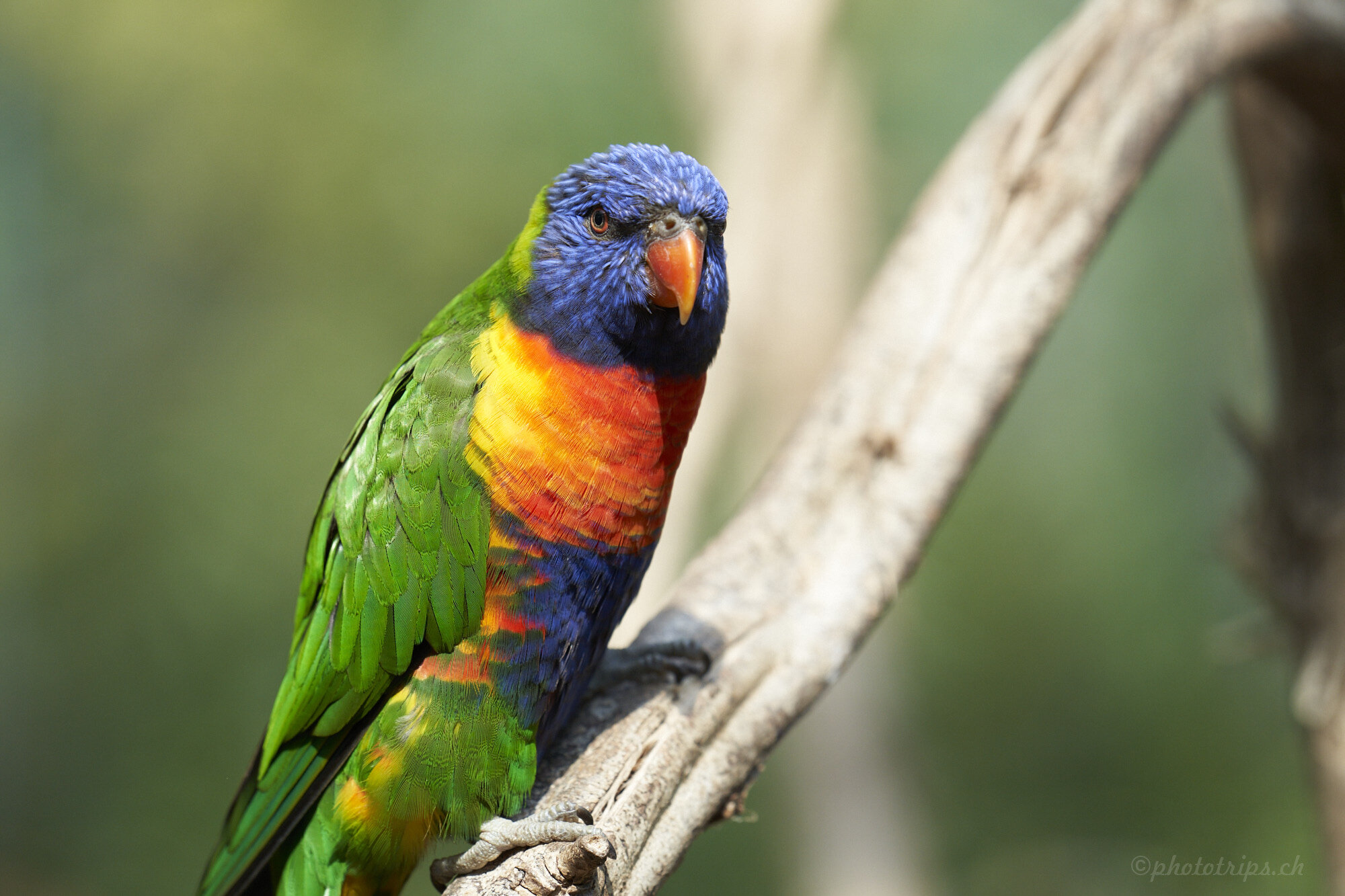
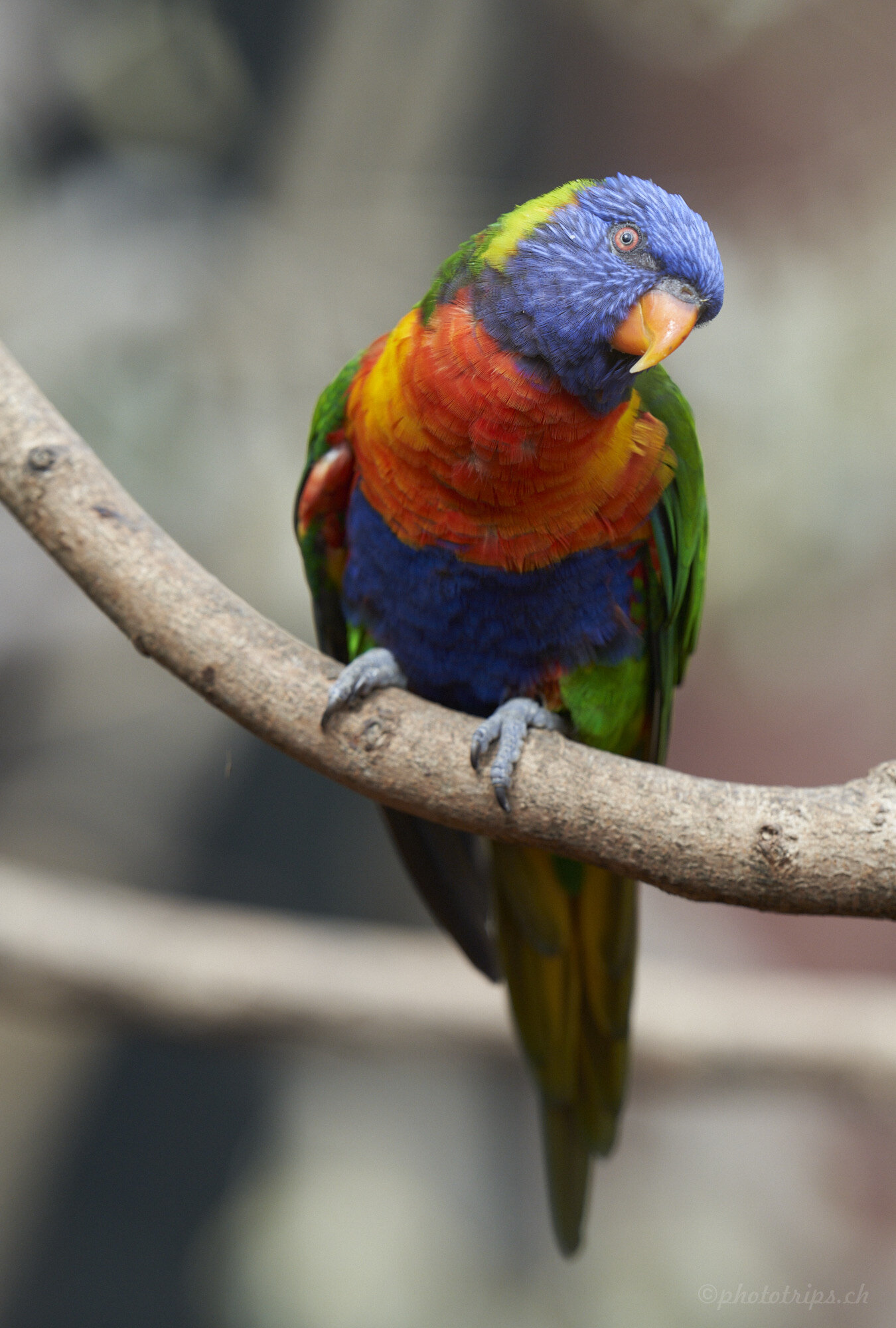
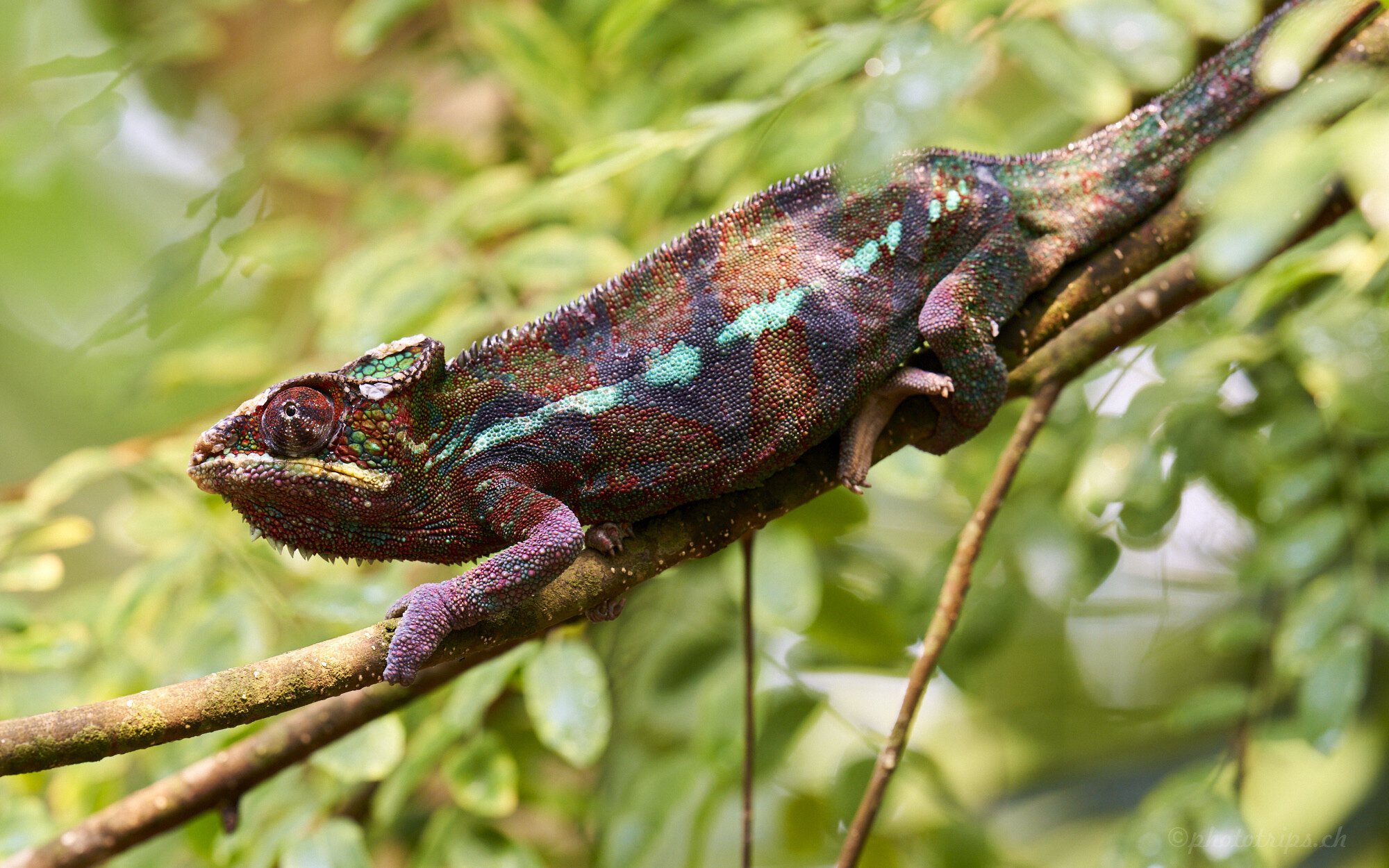
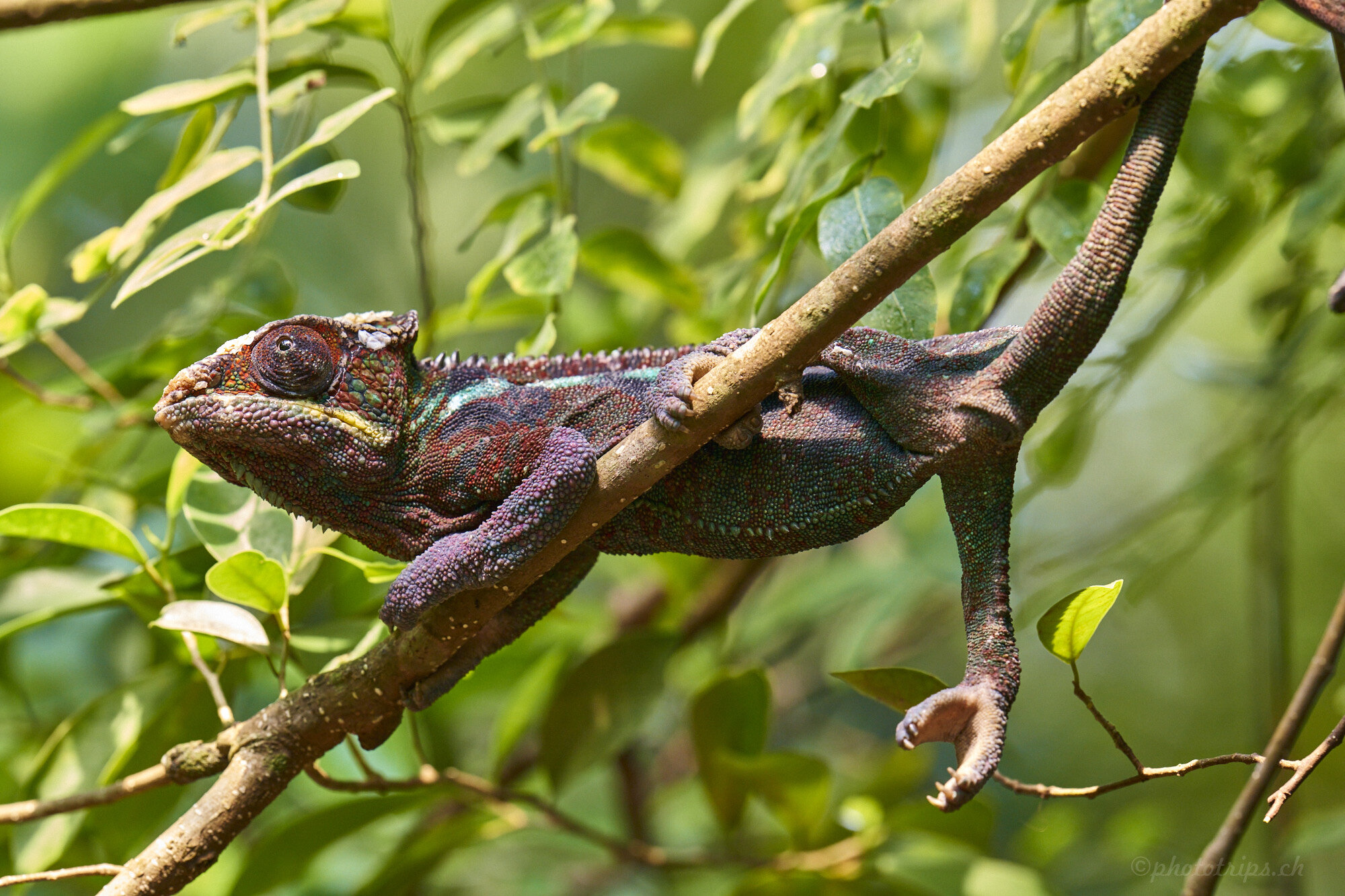

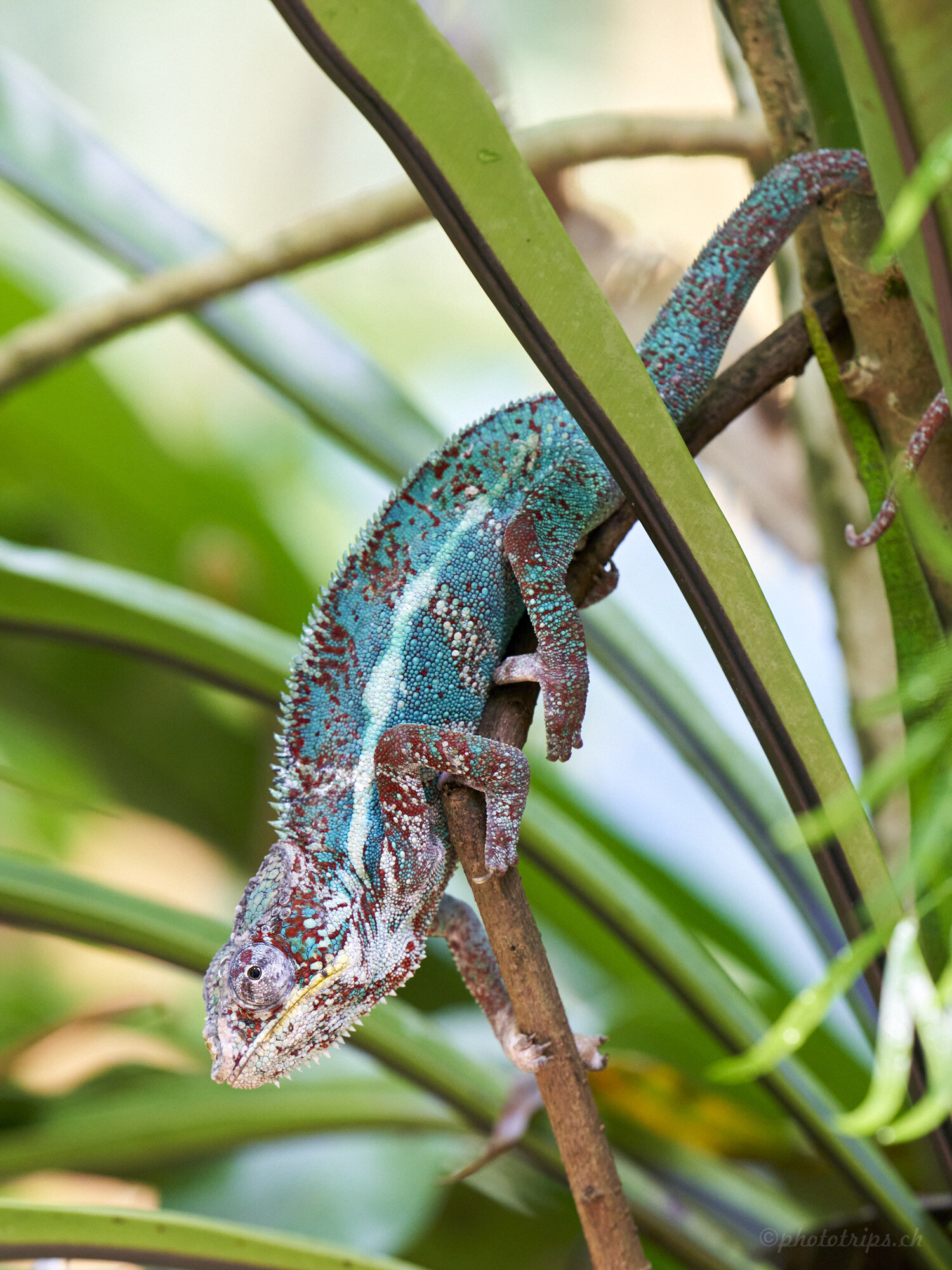
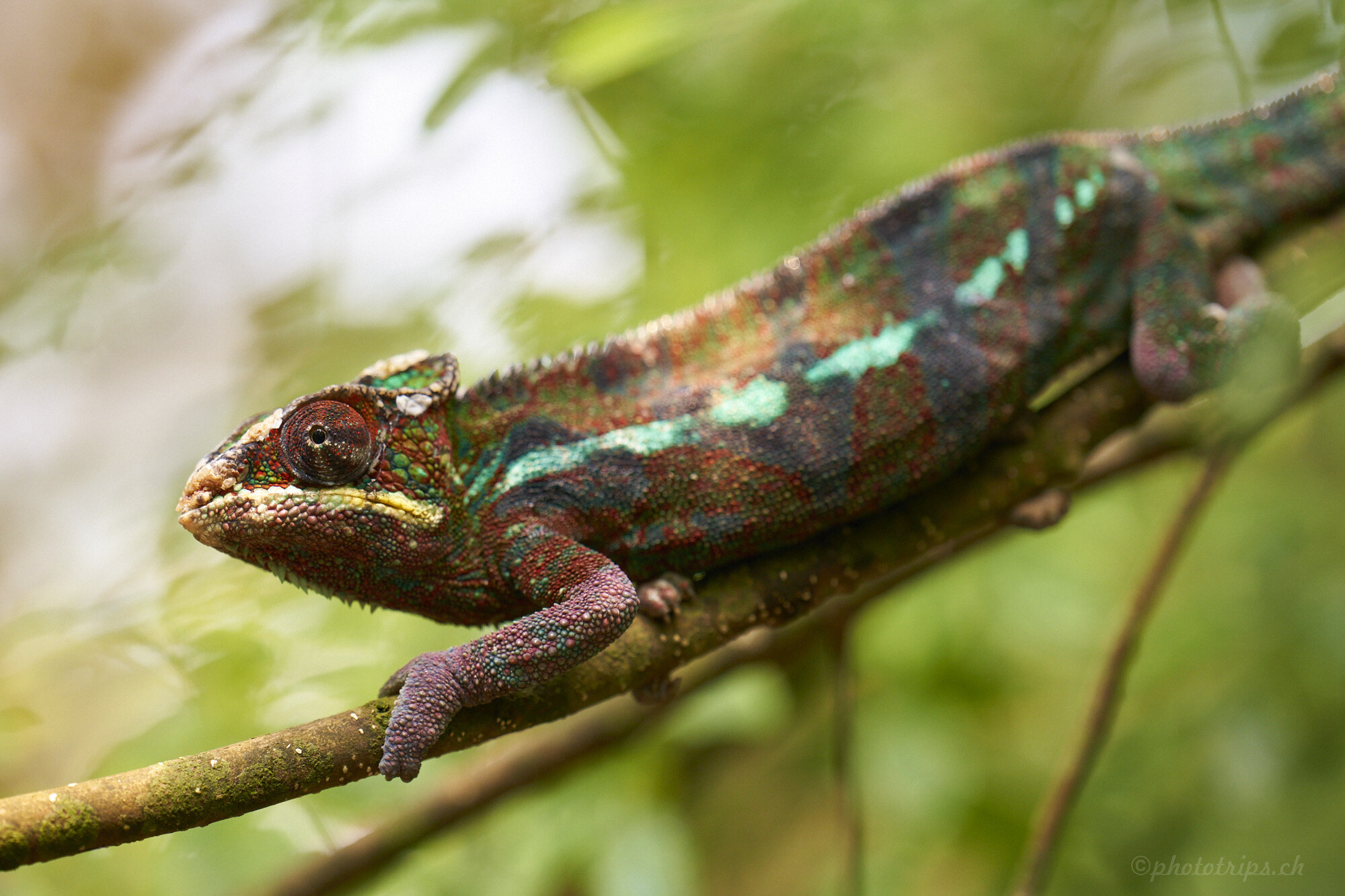
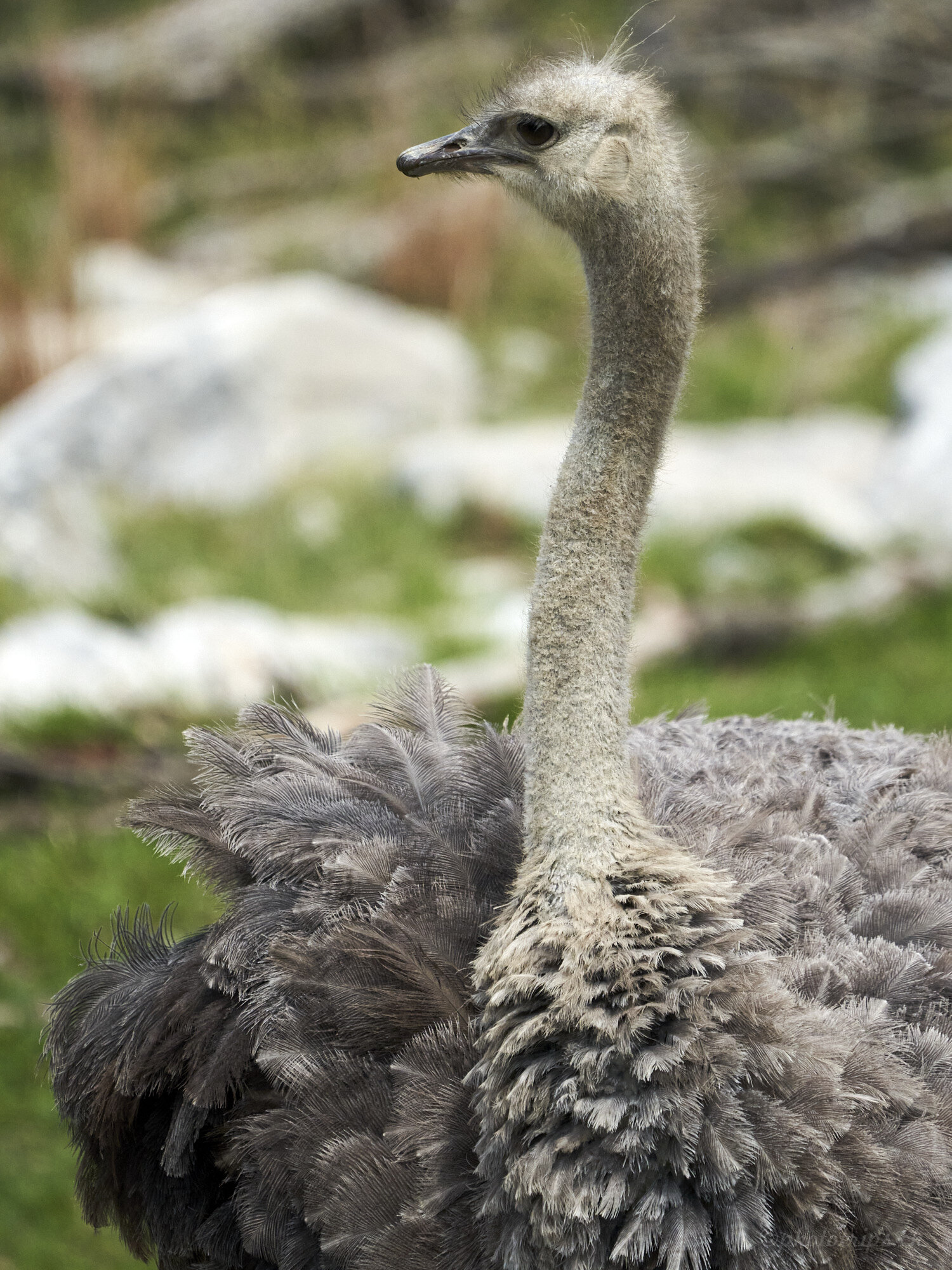
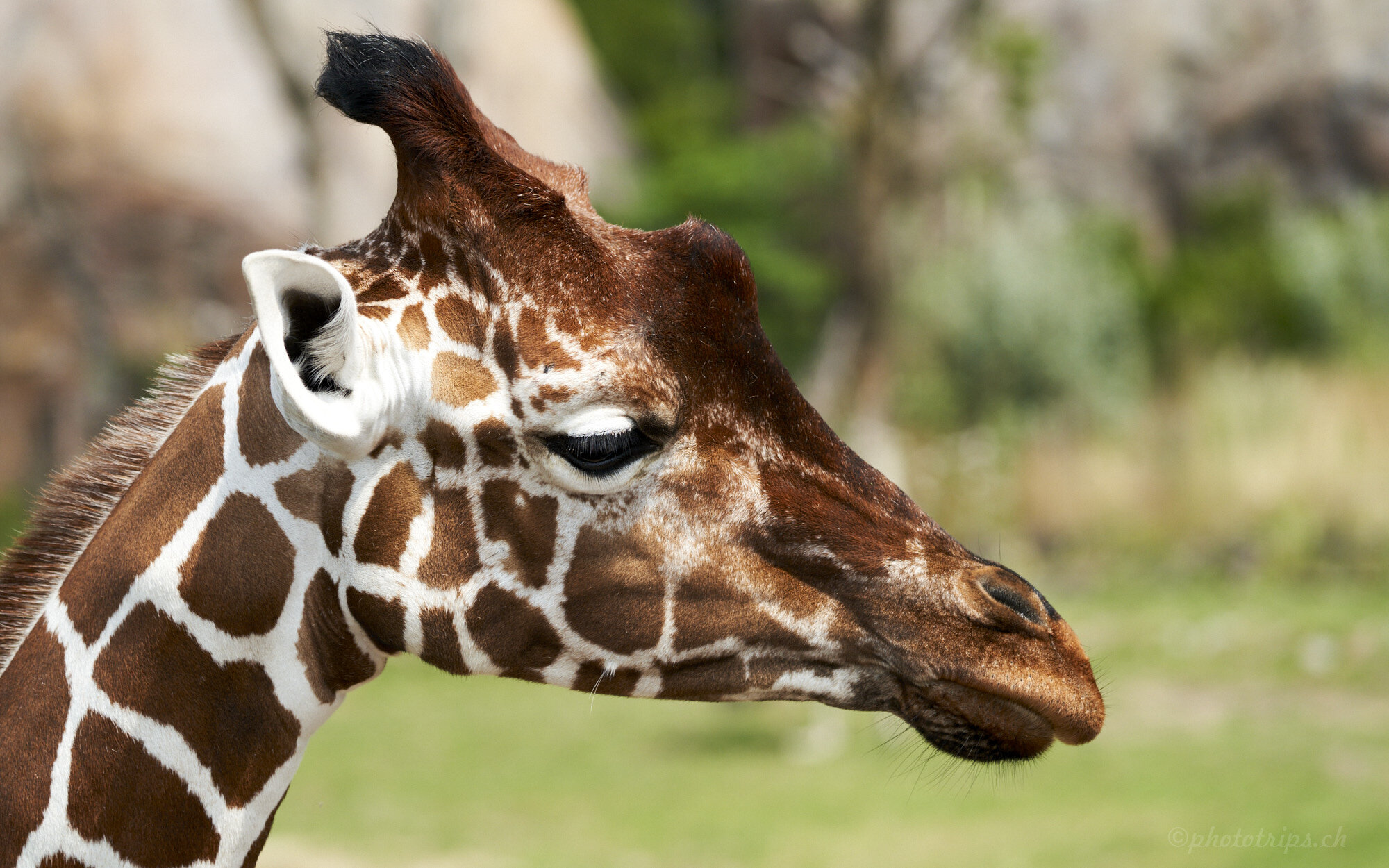
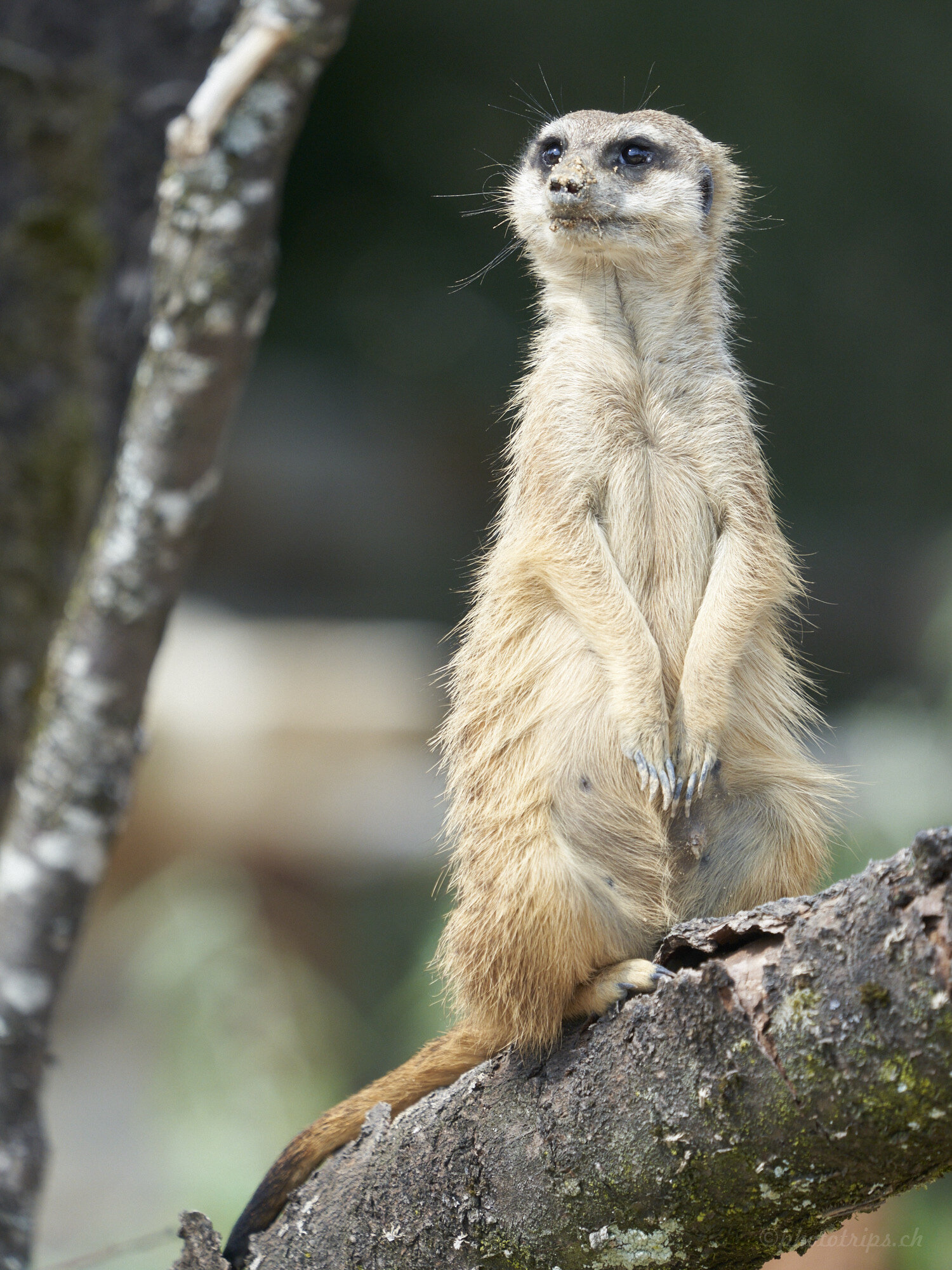
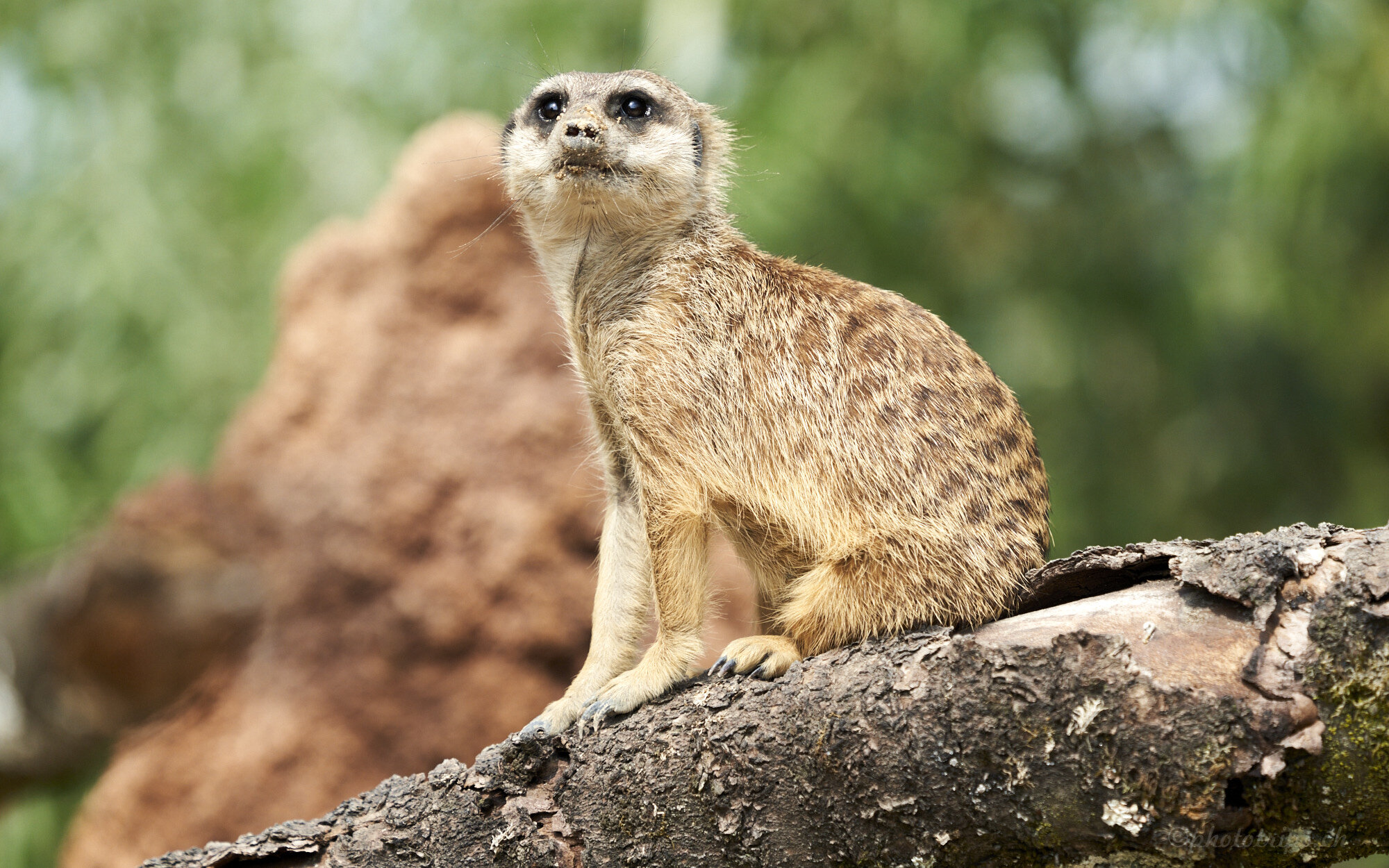


Outlook
2020 is approching it’s end fast, but there is a glimpse of hope.
West Papua is supposed to reopen together with Bali on the 11th of September.
It itches greatly and I’ll do everything I can to go there.
Stay tuned.
